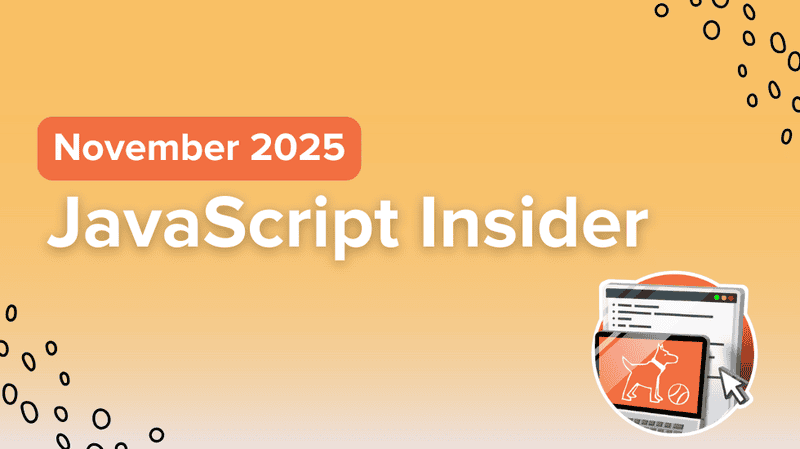A Tale of Two Math Teachers — Inspiration Adds Up for Computer Science Education in Tracy, California
Tywania Griffin, a math teacher at Millennium High School in Tracy, California, had little interest in coding. In fact, she wanted nothing to do with the work of her husband, a computer scientist at Lawrence Livermore National Lab.
A few years ago, the Hour of Code changed that. Tywania saw how engaged and excited her students were — and wanted to do something about it. She started digging in to see what opportunities were out there and was surprised at the possibilities to apply computer science. After more research, Tywania came across CodeHS. She loved how straightforward and intuitive it was. “CodeHS made it so simple and easy. It clicked for me — I can do this!”
Tywania loved the simple set-up, informative videos, and comprehensive teacher tools. She also found the support of the CodeHS team and the online professional development further keys to her success.
“I didn’t have sit down and read this big booklet or go to a training in a remote location. It was right there at my disposal, online. And the support got back to me so quickly if I had comments or questions.”
Her students, meanwhile, were thrilled to build on the Hour of Code and further their learning, “They LOVED Karel because they could see things happening right away.” Tywania’s students took off with CodeHS and progressed to the JavaScript unit.
The semester culminated in a trip to the Lawrence Livermore Lab with other Bay Area schools as part of “My Brother’s Keeper” — a initiative that engages minority students in STEM. While the event included workshops and demonstrations from the Lawrence Livermore staff, Tywania organized the chance for her students to demo as well.
Tywania’s students presented Lego robots they had built and programmed with the coding skills they had learned from CodeHS. It was a hit! The students in the audience all wanted to try. Tywania recalls, “My students really reached them— because it was kids presenting to other kids.”
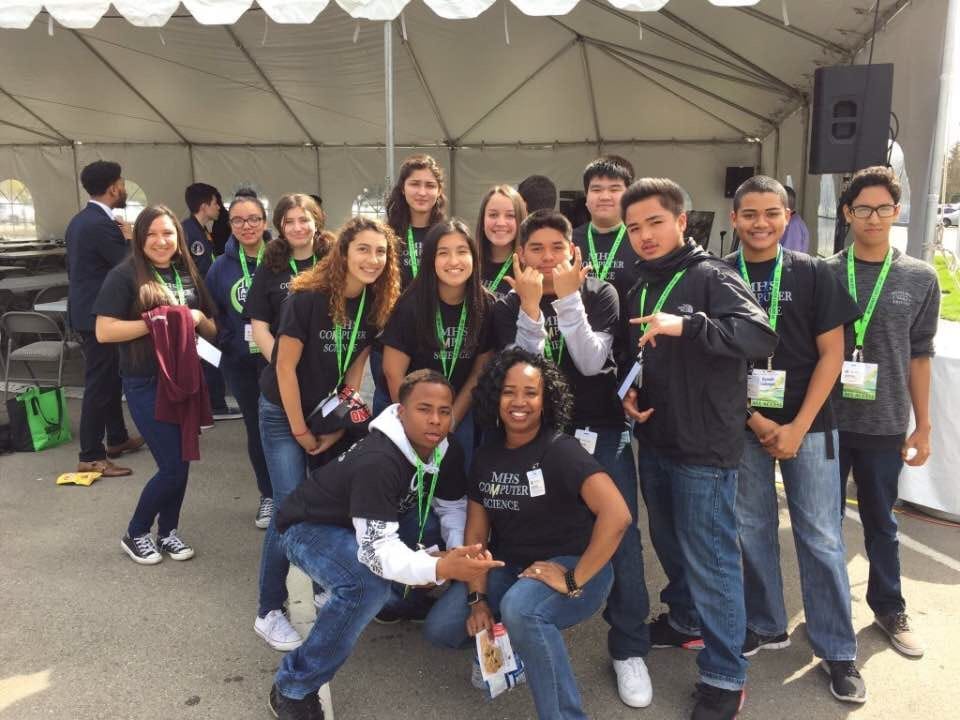
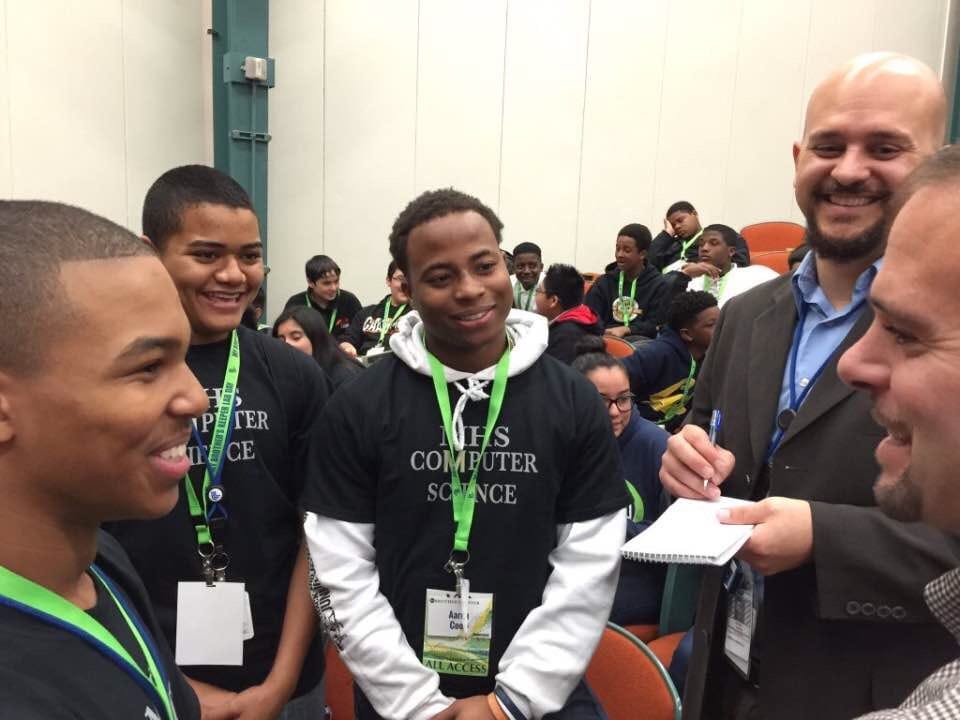
Teachers were watching too. Tywania recalls a crowd of teachers gathering around her and asking how long she had been teaching computer science. Tywania was delighted to share that it was her first year teaching computer science, and her students had deep conceptual understanding from their exposure to CodeHS. It was an ah-ha moment for many of the teachers in attendance. They could see the possibility of computer science in their classrooms.
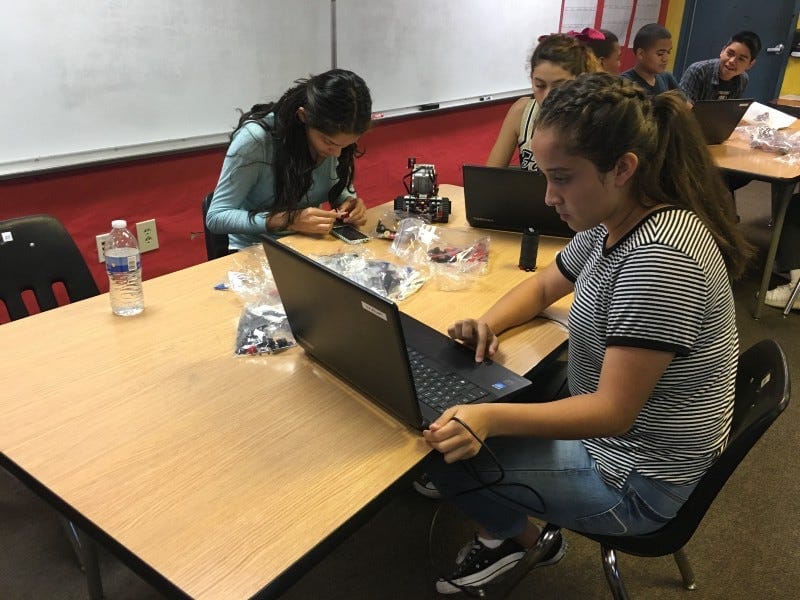
One of those teachers was Crystal Wong, a fellow math teacher at nearby Kimball High School in Tracy Unified School District. Tywania pulled out her computer and showed Crystal the CodeHS layout, telling her she didn’t have much experience, but felt completely comfortable with the curriculum. She explained that CodeHS did not require an extensive amount of time on the teacher side to learn; it was so straightforward that she didn’t need to go outside the resources. Everything was right there in CodeHS.
Crystal was impressed.
Computer science had been on Crystal’s radar for awhile. She knew computer science was an important field and was troubled that it was not being offered in Tracy, both for her students and her kids. “It felt like we were withholding an opportunity for our students to participate in a very lucrative industry just because of the knowledge gap.”
Looking back, Crystal credits Tywania as a resource for teachers like her who didn’t feel they could teach computer science but who felt passionate about opportunities for their students. Crystal recalls that Tywania made her feel like it was doable.
“She shared her own experience, what made her excited… she was on the learning continuum. That was a big deal to me.”
Still, Crystal was apprehensive. “I was worried I would have rockstar coders with a ton of experience who had been coding for years.”
A mentor of Crystal’s gave her some advice. If she was really passionate about her students having access to computer science, and no one else on her campus could do it, then she would have to step up. With Tywania’s example and her mentor’s prompting, Crystal took a deeper look at CodeHS and asked herself if it was something she thought she could do.
The answer was clear.
Crystal approached her principal, who wholeheartedly supported the idea. Apparently, of the many requests from parents, coding classes topped the list. Crystal dove into her professional development course with CodeHS and committed to giving her students the best experience possible.
So how has Crystal’s first year teaching computer science been going? As it turns out, she does have some rockstar coders in her class. Crystal thinks it’s great that those kids are able to put computer science on their transcripts and be leaders in the class.
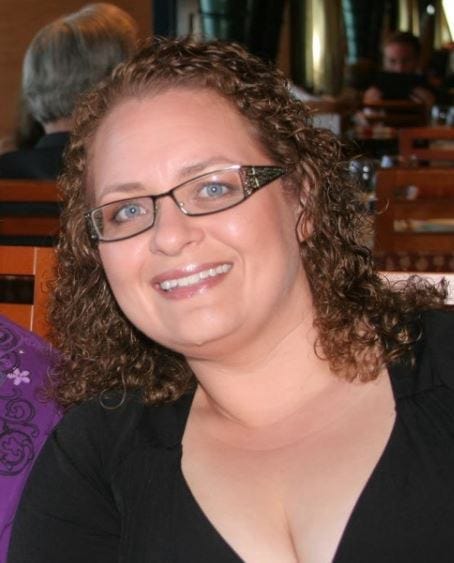
“They’re the ones the rest of the kids go to,” Crystal explains of the “rockstar” coders. They’ve been extremely good about not giving answers, but asking leading questions, really trying to help their peers come to the answer on their own. “I love to see their leadership.”
The impact isn’t limited to just Crystal’s top students. “I see my kids problem-solving all the time” she reports. “It’s a great platform to build persistence.”
Crystal adds that visitors to her classroom are impressed with how diligent and focused her students are.
Down the road at Millennium, Tywania’s class has grown from 13 students last year to 42 students this year! Tywania says that kids are becoming more and more interested, and they hope to offer more class periods of computer science next year. Three of her students are also interning at the Lawrence Livermore Lab after some of the scientists had observed them showing off their programming skills. They had invited them to shadow them at the lab, which turned into a semester-long internship.
Crystal also plans to return to Lawrence Livermore with her students — and we can’t wait to hear how many more students in Tracy are added to the computer science equation!

